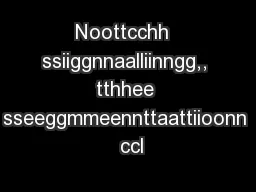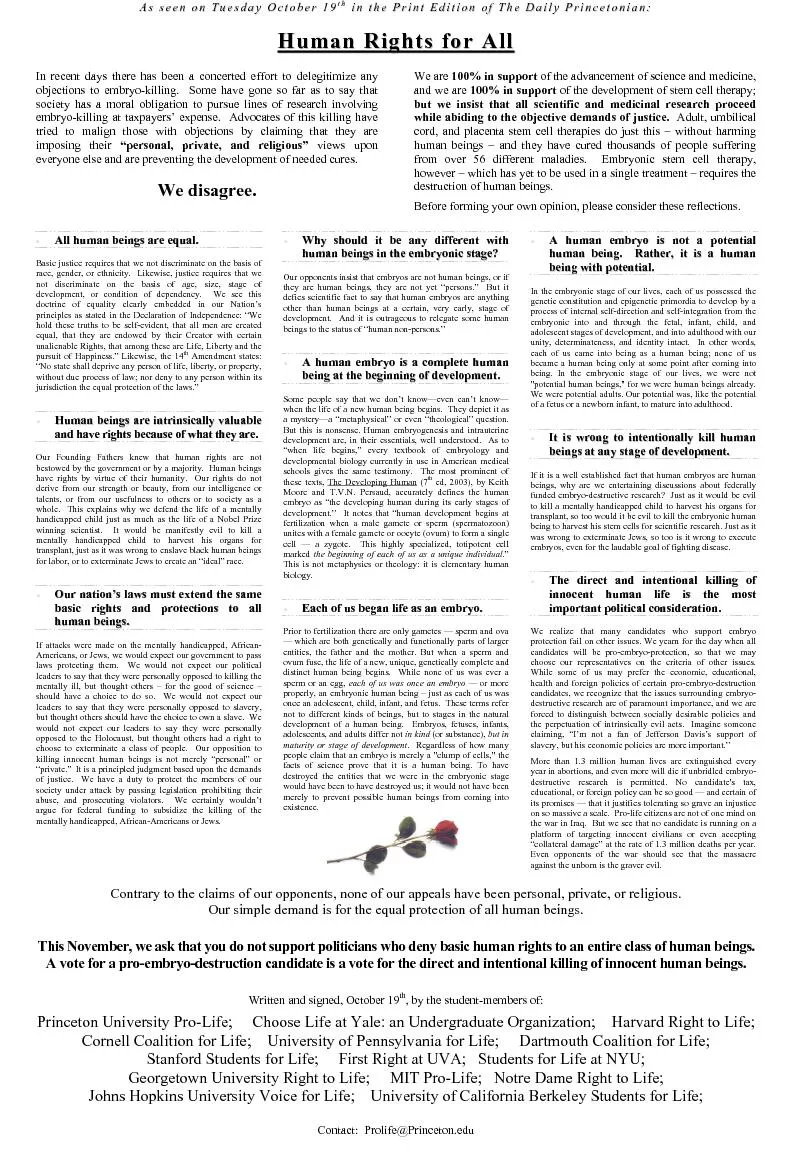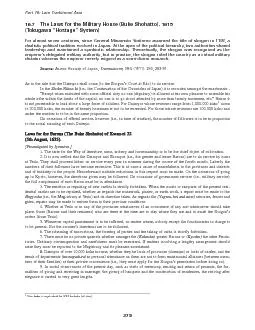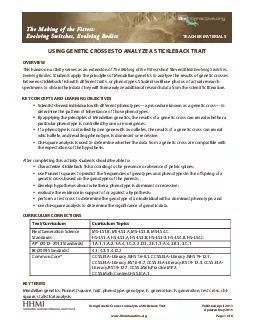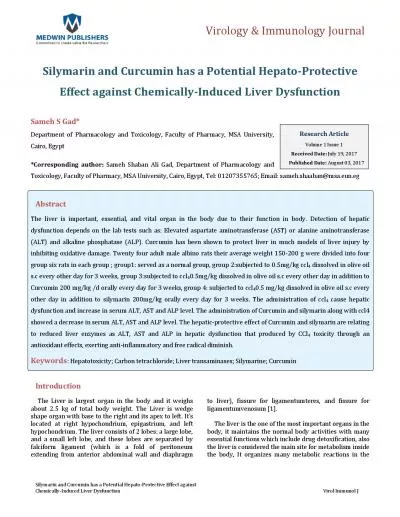PDF-Noottcchh ssiiggnnaalliinngg,, tthhee sseeggmmeennttaattiioonn ccl
Author : ellena-manuel | Published Date : 2017-02-26
In one way or another at one stage or another almost everytissue in an animal body depends for its patterning on theNotch cellcell signaling pathway 1 The evidence
Presentation Embed Code
Download Presentation
Download Presentation The PPT/PDF document "Noottcchh ssiiggnnaalliinngg,, tthhee ..." is the property of its rightful owner. Permission is granted to download and print the materials on this website for personal, non-commercial use only, and to display it on your personal computer provided you do not modify the materials and that you retain all copyright notices contained in the materials. By downloading content from our website, you accept the terms of this agreement.
Noottcchh ssiiggnnaalliinngg,, tthhee sseeggmmeennttaattiioonn ccl: Transcript
Download Rules Of Document
"Noottcchh ssiiggnnaalliinngg,, tthhee sseeggmmeennttaattiioonn ccl"The content belongs to its owner. You may download and print it for personal use, without modification, and keep all copyright notices. By downloading, you agree to these terms.
Related Documents

